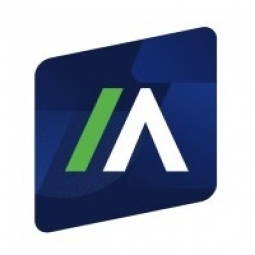公司规模
Large Corporate
地区
- America
国家
- United States
产品
- NetMotion Mobility
- SAP Afaria mobile device management solution
技术栈
- Mobile Performance Management software
- Virtual Private Network (VPN)
实施规模
- Enterprise-wide Deployment
影响指标
- Cost Savings
- Productivity Improvements
技术
- 应用基础设施与中间件 - API 集成与管理
适用行业
- 食品与饮料
适用功能
- 销售与市场营销
- 商业运营
用例
- 远程资产管理
- 库存管理
服务
- 系统集成
- 软件设计与工程服务
关于客户
US Foods 是美国最大的食品经销商之一。该公司为各种食品企业提供服务,从连锁和家族经营的餐厅和酒店到企业自助餐厅。US Foods 拥有一支由 5,000 名员工组成的现场团队,负责与客户见面并亲自为他们服务。这些现场销售代表在提交订单、提供产品库存和交货日期方面发挥着主要作用。然而,该公司注意到,订单通常是在工作日快结束时一次性下达,而不是全天下达,从而造成大量积压。
挑战
美国食品公司是美国最大的食品经销商之一,其 5,000 人的现场团队面临着巨大挑战。这些员工需要亲自与客户会面并为他们提供服务,当他们试图在客户现场用笔记本电脑提交采购订单时,却遇到了不可靠的连接问题。这经常导致工作中断和时间浪费,因为他们必须重新登录 VPN 连接并重新启动应用程序。不良的连接性还对库存管理产生了负面影响,因为销售代表直到一天结束才知道产品是否缺货。这导致与客户的潜在销售时间损失了 110 万小时,并且每年在预印材料上花费了 800,000 美元。
解决方案
US Foods 实施了移动性能管理软件 NetMotion Mobility®,以确保可靠的连接。该软件在具有挑战性的网络和运营条件下保持持续、可靠连接的卓越能力正是 US Foods 所需要的。销售代表不再需要担心无覆盖区域、盲区、信号弱或漫游。他们只需连接一次,即可不间断地为客户提供服务。Mobility 是该公司 SAP Afaria 移动设备管理解决方案的完美补充。销售人员现在可以在客户面前实时检查库存水平,而不必为“计算机问题”道歉,也不必等到下班后才下订单。此外,NetMotion 对 US Foods 的信息安全和管理政策的检查发现,员工设备经常长时间容易受到恶意软件的攻击。将 Mobility 与 Afaria 的移动设备管理功能相结合,销售代表现在可以在晚上开机远程更新笔记本电脑,从而弥补关键的网络安全漏洞并保护企业及其客户。
运营影响
数量效益

Case Study missing?
Start adding your own!
Register with your work email and create a new case study profile for your business.
相关案例.

Case Study
The Kellogg Company
Kellogg keeps a close eye on its trade spend, analyzing large volumes of data and running complex simulations to predict which promotional activities will be the most effective. Kellogg needed to decrease the trade spend but its traditional relational database on premises could not keep up with the pace of demand.
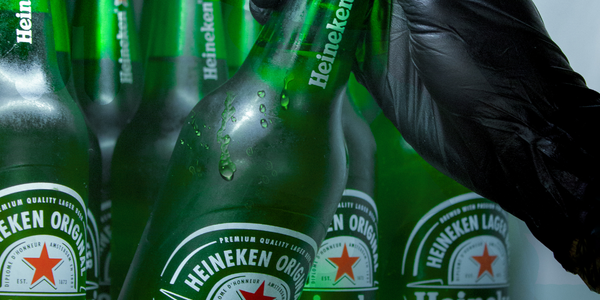
Case Study
HEINEKEN Uses the Cloud to Reach 10.5 Million Consumers
For 2012 campaign, the Bond promotion, it planned to launch the campaign at the same time everywhere on the planet. That created unprecedented challenges for HEINEKEN—nowhere more so than in its technology operation. The primary digital content for the campaign was a 100-megabyte movie that had to play flawlessly for millions of viewers worldwide. After all, Bond never fails. No one was going to tolerate a technology failure that might bruise his brand.Previously, HEINEKEN had supported digital media at its outsourced datacenter. But that datacenter lacked the computing resources HEINEKEN needed, and building them—especially to support peak traffic that would total millions of simultaneous hits—would have been both time-consuming and expensive. Nor would it have provided the geographic reach that HEINEKEN needed to minimize latency worldwide.
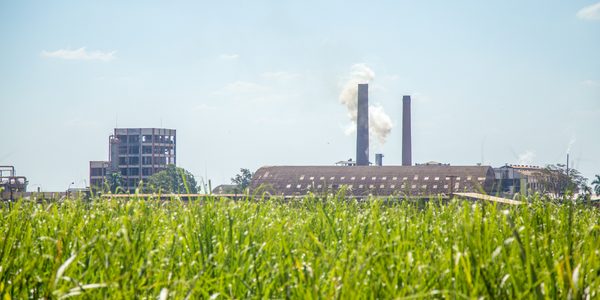
Case Study
Energy Management System at Sugar Industry
The company wanted to use the information from the system to claim under the renewable energy certificate scheme. The benefit to the company under the renewable energy certificates is Rs 75 million a year. To enable the above, an end-to-end solution for load monitoring, consumption monitoring, online data monitoring, automatic meter data acquisition which can be exported to SAP and other applications is required.
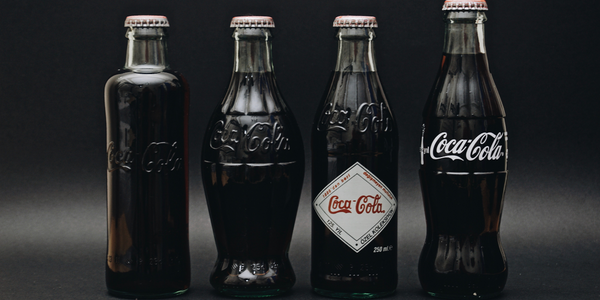
Case Study
Coca Cola Swaziland Conco Case Study
Coco Cola Swaziland, South Africa would like to find a solution that would enable the following results: - Reduce energy consumption by 20% in one year. - Formulate a series of strategic initiatives that would enlist the commitment of corporate management and create employee awareness while helping meet departmental targets and investing in tools that assist with energy management. - Formulate a series of tactical initiatives that would optimize energy usage on the shop floor. These would include charging forklifts and running cold rooms only during off-peak periods, running the dust extractors only during working hours and basing lights and air-conditioning on someone’s presence. - Increase visibility into the factory and other processes. - Enable limited, non-intrusive control functions for certain processes.
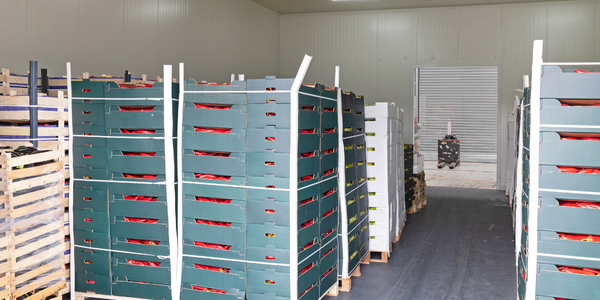
Case Study
Temperature Monitoring for Restaurant Food Storage
When it came to implementing a solution, Mr. Nesbitt had an idea of what functionality that he wanted. Although not mandated by Health Canada, Mr. Nesbitt wanted to ensure quality control issues met the highest possible standards as part of his commitment to top-of-class food services. This wish list included an easy-to use temperature-monitoring system that could provide a visible display of the temperatures of all of his refrigerators and freezers, including historical information so that he could review the performance of his equipment. It also had to provide alert notification (but email alerts and SMS text message alerts) to alert key staff in the event that a cooling system was exceeding pre-set warning limits.
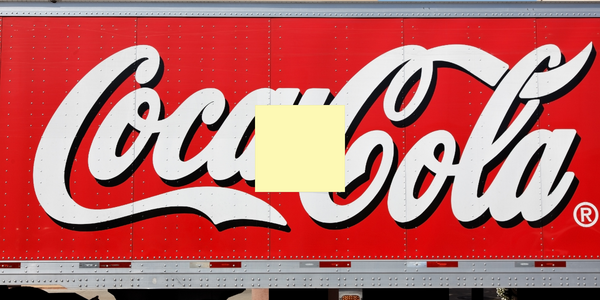
Case Study
Coca-Cola Refreshments, U.S.
Coca-Cola Refreshments owns and manages Coca-Cola branded refrigerators in retail establishments. Legacy systems were used to locate equipment information by logging onto multiple servers which took up to 8 hours to update information on 30-40 units. The company had no overall visibility into equipment status or maintenance history.




